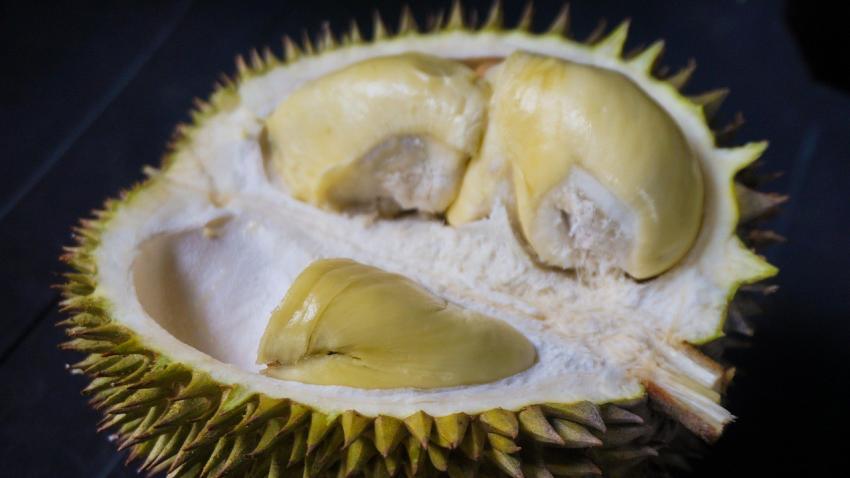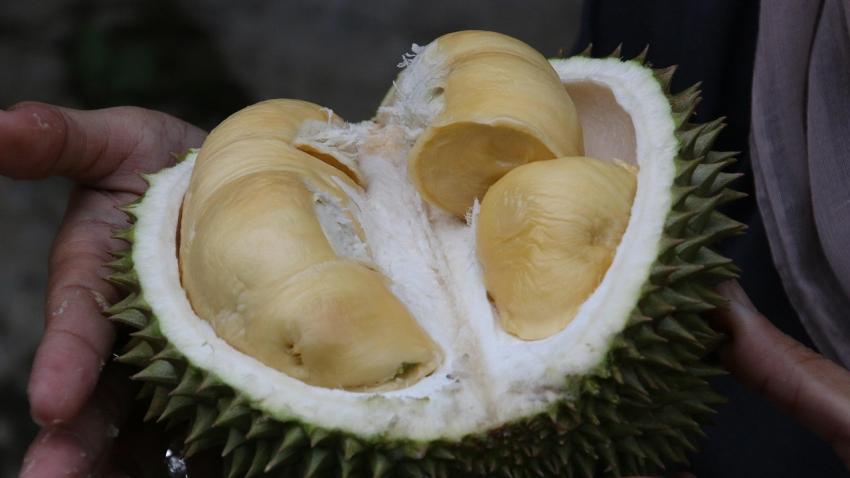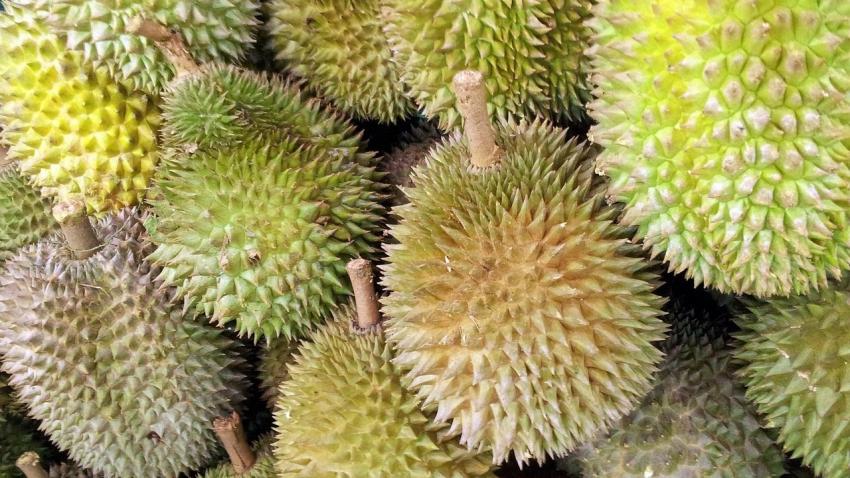You are here
Back to topVietnam To Focus on Strategic Fruits To Double Exports By 2030

This year, Vietnam made a significant breakthrough into China’s fresh fruit market in terms of the number of phytosanitary protocols signed. Vietnamese durians, bananas, and passion fruit all obtained a “visa” to China in 2022.
Even though China’s doors opened for more Vietnamese fruit recently, exports were lower this year than in 2021. Why is this so? Are Vietnamese fruits only now gearing up for export to China? What hindered trade this year? Are there any homegrown factors which pulled down Vietnam’s previously growing exports?
Fruits and vegetables are among Vietnam’s key primary sector exports, ranking third after wood and seafood. In 2019, Vietnam’s fruit and vegetable exports peaked at $3.7 billion, with a later drop to $3.25 billion in 2020 due to the pandemic. In 2021, exports went back on track and saw an increase to $3.52 billion. This year’s January to October figures stood at $2.8 billion. Exports in November are estimated have added an extra $340 million, leading to an expected total of $3.2 billion at the end of 2022. It would be a decrease of 9% compared to 2021.
China dominates Vietnam’s overseas markets and accounts for over 50% of its total fruit and vegetable exports. The first half of the year saw a sharp fall in trade with China, which is explained by low consumption during the pandemic, transportation difficulties caused by China’s “zero-Covid” policy and tightened controls over the quality of imports. In January-June, Vietnamese fruit and vegetable exports to China decreased by 34% year-over-year, which pulled down the whole sector’s performance, resulting in a 17% drop in Vietnam’s global fruit and vegetable exports over the first half of 2021.
According to Dang Phuc Nguyen, General Secretary of the Vietnam Fruit and Vegetable Association, exports of certain types of fruits and vegetables increased in 2022. He mentioned durians, dragon fruit and bananas, which were actively sold to China, emphasizing that for the first time Vietnam outstripped the Philippines in banana supply to China. Another benchmark was surpassing Thailand in durian exports to the Chinese market in October. In fact, October saw a 44% increase in fruit and vegetable exports to China while November’s growth is estimated at 30.5% year-over-year.
The success of certain fruits in certain markets notwithstanding, Vietnam’s overall decline in fruit and vegetable exports in 2022 has prompted analysis by industry experts, businesses and officials eager to figure out the root causes. Excluding overseas factors, they looked into local industry approaches. One finding is that the mindset of Vietnamese growers leads them to focus on output rather than quality and that they prefer to sell what they have onhand without taking into account consumers’ preferences and new market trends. According to the analysts, nowadays consumers tend to buy not only good-tasting and good-looking fruit and vegetables but also those which match their busy lives.
Another issue is corner-cutting by producers and exporters during the export process. Officials have issued repeated warnings exhorting exporters to conduct trade exclusively through official export channels and discouraging fraudulent activities like using incorrect or borrowed registration codes for growing areas or packing facilities.
As mentioned by Minister of Agriculture and Rural Development Le Minh Hoan, instead of prioritizing output, farmers and businesses should focus on the value of their products. He noted that each type of Vietnamese fruit should adopt a development strategy that responds to the standards of each export market.
In line with the announcement, the Ministry released the plan on developing key fruit trees, with specific targets for 2025 and 2030. Fourteen types of trees bearing fruit of high export value were selected for this project.
The program aims to expand the growing areas of the key fruit trees to 960,000 hectares, with an output of 11-12 million tons and exports exceeding $5 billion by 2025. By 2030, planting areas for the selected tree types are expected to reach 1 million hectares, with a yield rising to 13-14 million tons and exports hitting $6.5 billion.
The priority fruits include dragon fruit, bananas, durians, jackfruit, mangos, passion fruit, lychees, and grapefruit.
Image: Pixabay















Add new comment